What to Expect During EMDR Therapy: Step-by-Step Guide for Beginners
If you’re searching for answers about what to expect during EMDR therapy, you’re not alone. EMDR, short for Eye Movement Desensitization and Reprocessing, is a powerful, evidence-based therapy that helps people recover from trauma, PTSD, anxiety, and other emotional challenges.
Whether you’re considering EMDR therapy for the first time or preparing for your first session, this guide will walk you through each phase of the EMDR process so you know exactly what to expect.
What Is EMDR Therapy?
Before we dive into the details, let’s quickly cover the basics. EMDR therapy is a structured approach that helps the brain reprocess traumatic or distressing memories so they no longer cause emotional pain. It’s widely recommended for treating PTSD, childhood trauma, anxiety, phobias, and even performance anxiety.
Unlike traditional talk therapy, EMDR uses bilateral stimulation, usually through guided eye movements, to activate the brain's natural healing processes.
What to Expect During EMDR Therapy: The 8 Phases
The EMDR process follows eight clearly defined phases. Here’s what happens during each one:
1. Preparation Phase
Before any reprocessing begins, your therapist will teach you self-soothing techniques such as deep breathing, visualization, and mindfulness. These help you stay grounded during sessions and between appointments.
2. History Taking and Assessment
Your therapist will begin by gathering information about your past experiences, current symptoms, and therapy goals. This is a safe space to share what’s bothering you and to identify specific memories or triggers that may be causing distress.
3. Identifying Target Memories
Together, you’ll identify key memories and related negative beliefs—such as “I’m not safe” or “I’m powerless.” You’ll also decide on a positive belief to replace it with, such as “I am in control now.”
4. Desensitization: The Reprocessing Phase
This is the core of EMDR therapy. While focusing on a distressing memory, your therapist will guide you through bilateral stimulation, usually through side-to-side eye movements or tapping. This activates both hemispheres of the brain, allowing you to reprocess the memory in a safe, supportive environment.
You may experience a range of thoughts, emotions, or physical sensations. That’s normal—and it means your brain is doing the work.
5. Installation of Positive Beliefs
Once the memory loses its emotional charge, the therapist helps you reinforce a healthier, more empowering belief. For example, instead of thinking “I’m broken,” you might begin to believe “I survived, and I’m strong.”
6. Body Scan
You’ll be guided through a gentle body scan to check for lingering physical tension or emotional distress. Further processing will be done if needed until you feel fully neutral or empowered about the memory.
7. Closure
At the end of the session, your therapist will help you return to a calm, grounded state. You may use relaxation techniques or discuss any lingering thoughts. You’ll leave the session feeling stable, even if the memory isn’t fully resolved yet.
8. Reevaluation
At the start of the next session, your therapist will check in on how you’ve been feeling and whether any new memories or issues have surfaced. This ensures that the healing process continues effectively and safely.
Common EMDR Side Effects and Experiences
It’s normal to feel tired, emotional, or mentally foggy after EMDR sessions—your brain is doing a lot of deep work. Some people report vivid dreams or flashbacks in the days after a session, which is part of the natural healing process.
Is EMDR Right for You?
EMDR therapy is proven effective for people dealing with:
PTSD and trauma
Childhood abuse or neglect
Panic attacks and anxiety
Grief and loss
Low self-esteem
Performance blocks (in athletes, creatives, etc.)
If traditional talk therapy hasn’t worked for you, EMDR might offer a new path to healing.
Final Thoughts
Understanding what to expect during EMDR therapy can ease anxiety and help you feel more in control of your healing journey. While the idea of revisiting painful memories may sound intimidating, most clients find EMDR to be empowering and transformative.
Ready to take the next step?
